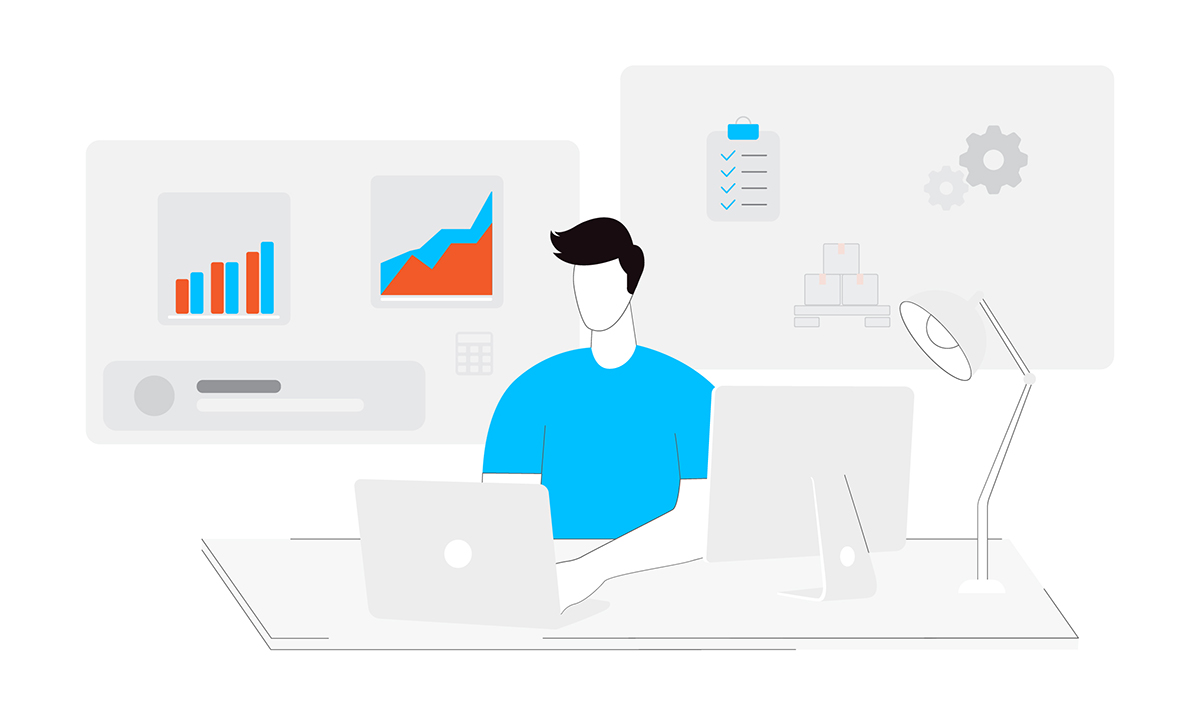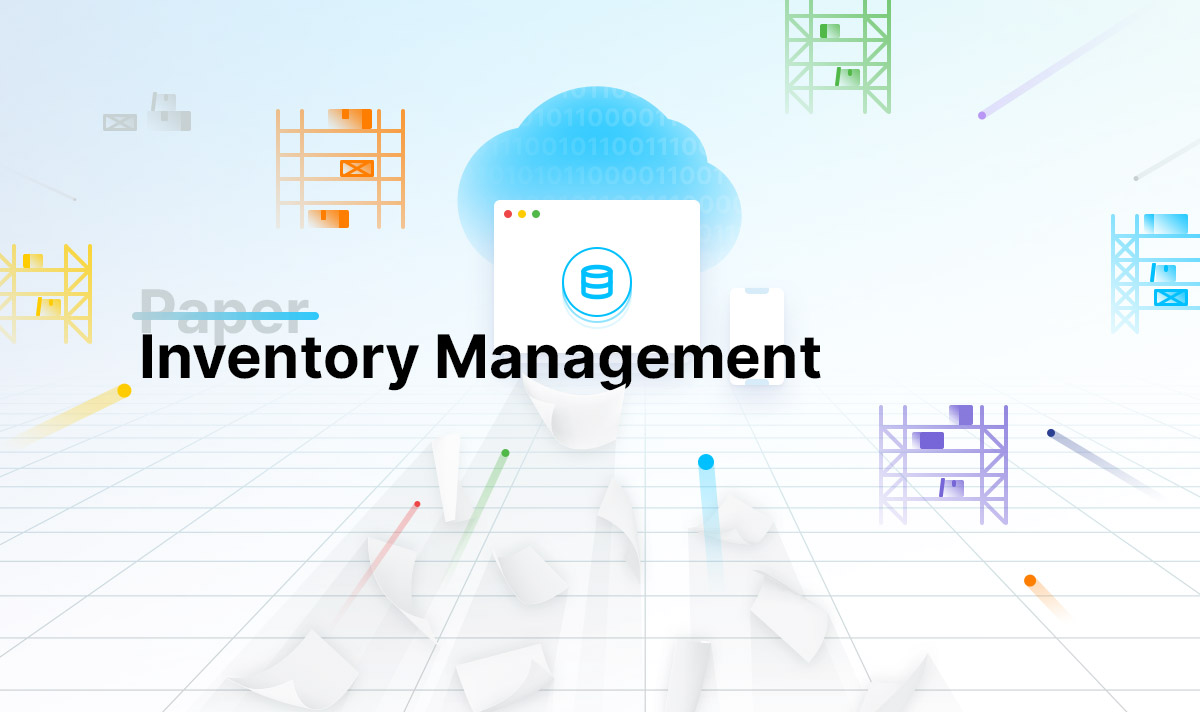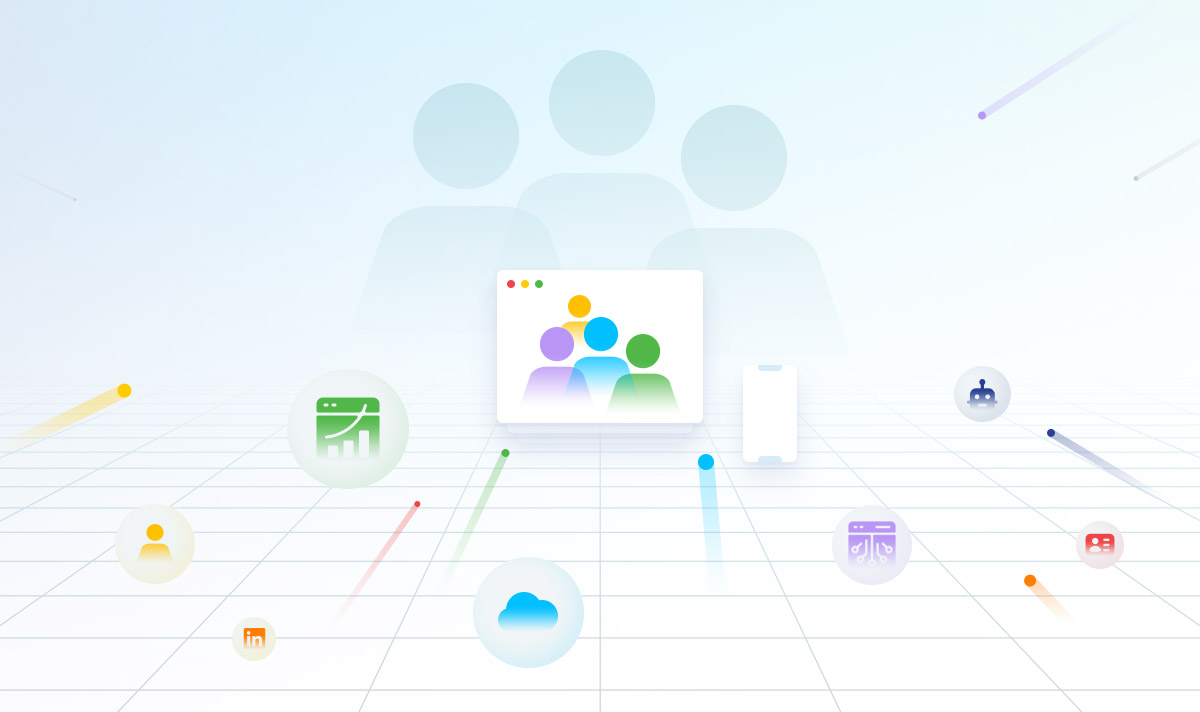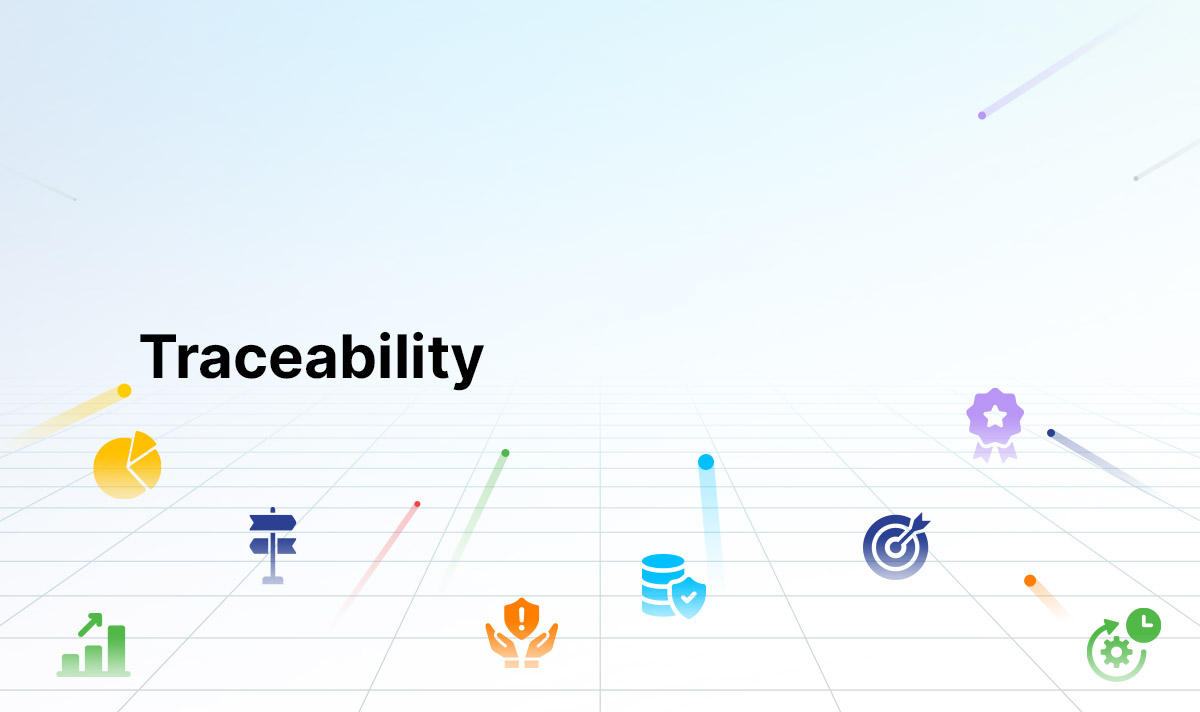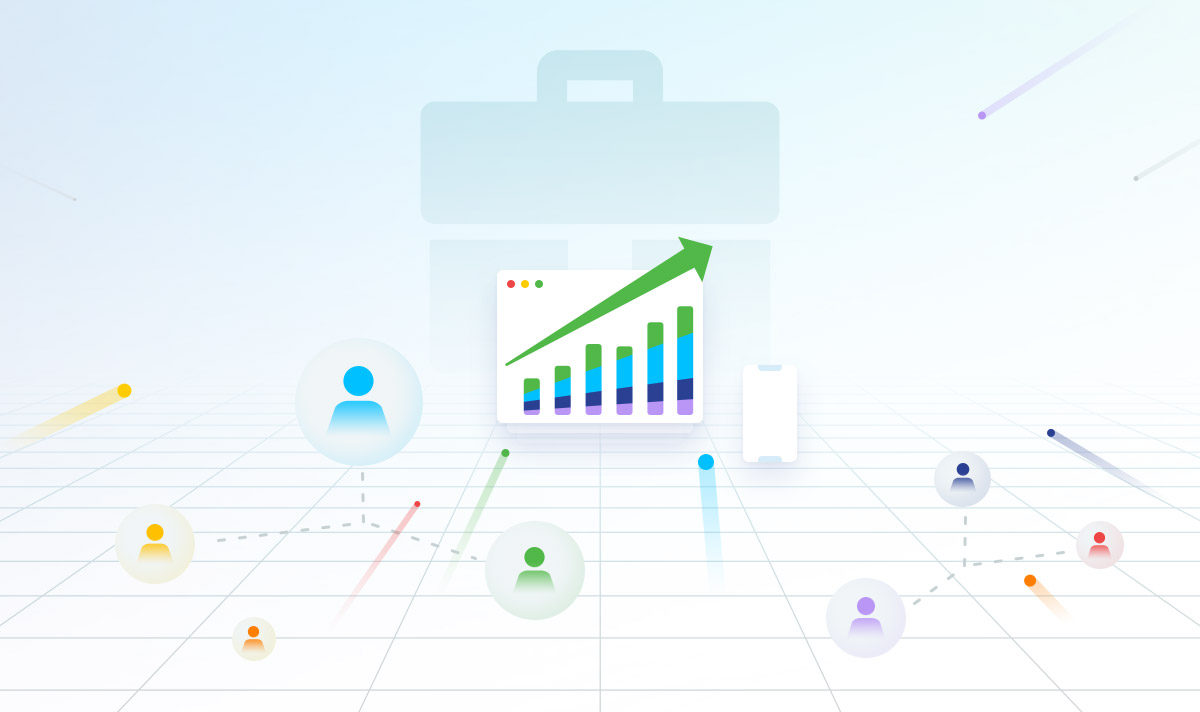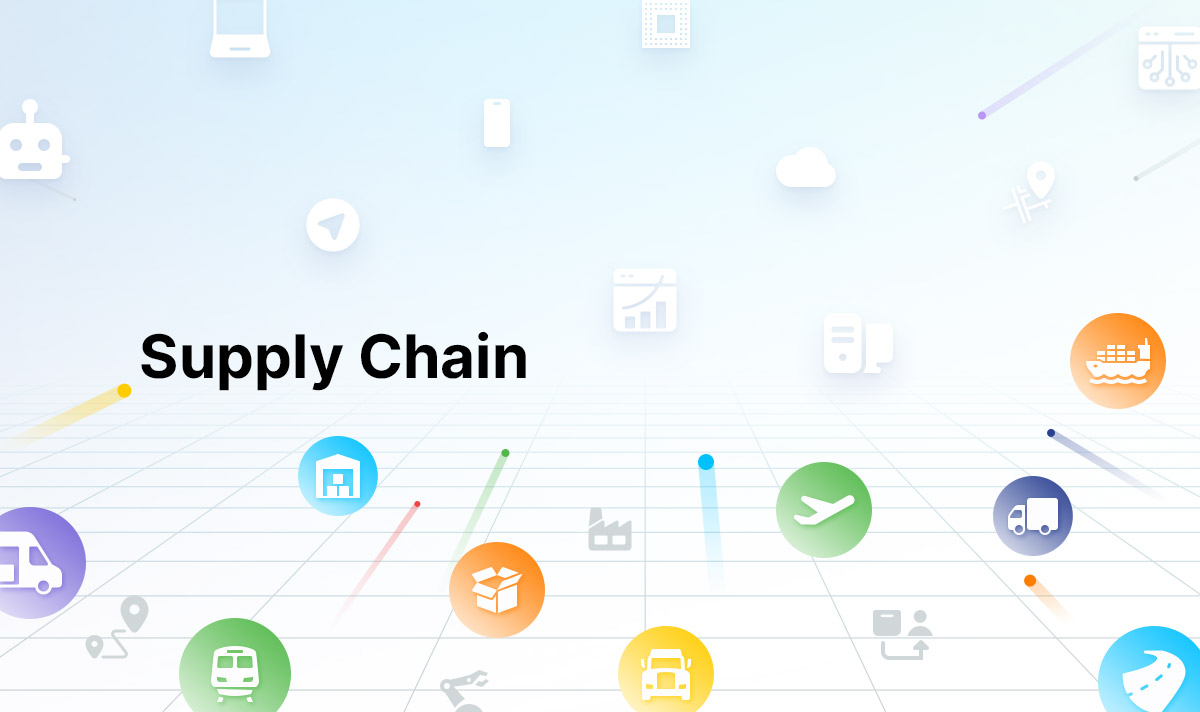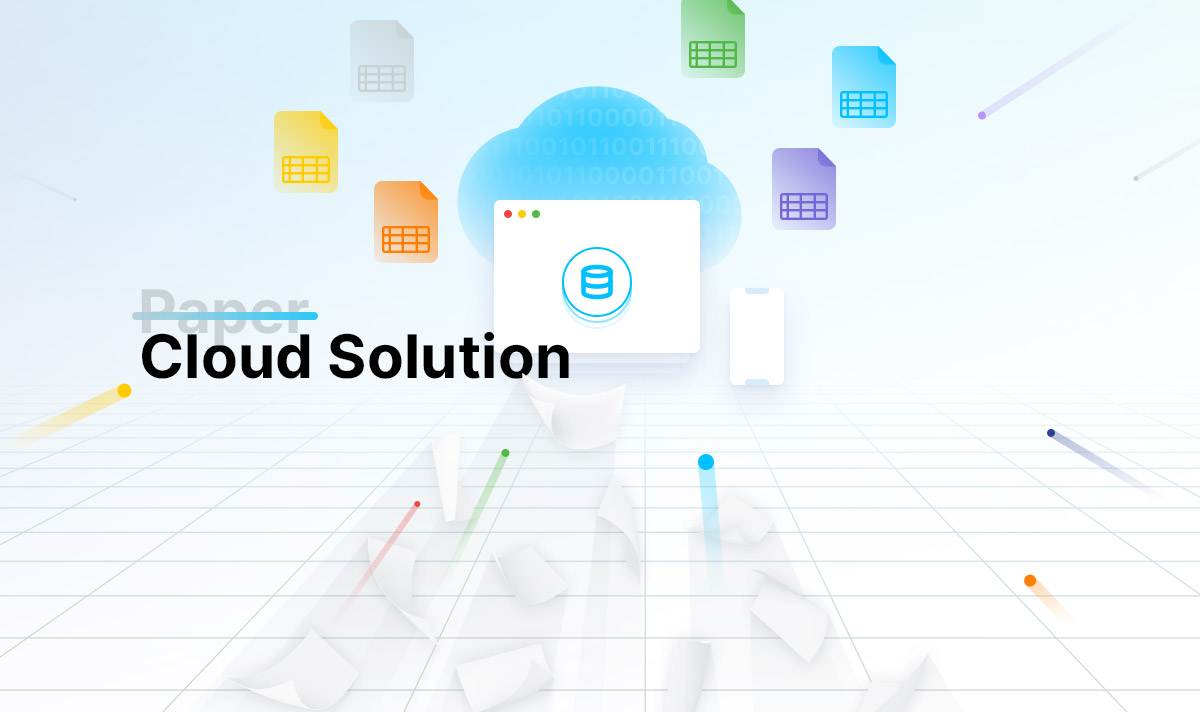To run a manufacturing business smoothly, there are some key aspects like managing the shop floor, inventory, operations, and scheduling. To meet larger global needs and real-time data management, manufacturing and supply chains have to automate processes and make smart data-driven decisions. There is two most common software used worldwide: ERP (Enterprise Resource Planning) and MRP (Material Requirements Planning). It is essential to learn the difference between the software systems and how they can help you to run your business seamlessly.
What is an MRP System…???
In manufacturing industries, this refers to Material Requirement Planning software. A Primary Solution provided by the system is ‘what materials are needed’ and ‘when the manufacturing can be done. Basically, that helps to improve productivity and reduce downtime. MRP is also helpful for the industries which are not in manufacturing processes or production, by helping to plan material requirements as per their industry’s needs. This helps the planner to forecast and order appropriate material at the proper time and maintain required inventory levels.
Below are some basic objectives of MRP:
- Making the right materials available at right time for production
- Ensuring delivery of products to customers on time.
- To ensure inventory level of Raw, Semi-finished, and Finished materials.
- To Plan manufacturing activity and orders.
This involves the market and consumers. Whether it is used for locally sourced parts or in-house making. Its base is mass production, customization never has been a priority. That is the reason why competition began between companies, as most manufacturing industries need more and more customization in products to get more and more orders.
Key Feature of MRP
Following are some basic functionality of MRP:
- Stock Control
- Production Scheduling
- Inventory Management
- Supply Chain Management
If MRP is utilized properly, it helps to reduce downtime, which leads to cost reduction and increased productivity. The accuracy of data fed in the system drives everything, if accurate, it can optimize the manufacturing process, and if inaccurate, it can skew the entire planning, production, and shop floor.
With the introduction of customization in the system, the number of moving parts increases rapidly, which makes it more difficult to run the manufacturing operations smoothly. From planning to forecast to spending, Finance, and Purchase, every aspect of any manufacturing process needs a platform that can align all functionality to create desired outputs without delay in time or money. That’s where ERP (Enterprise Resource Planning) systems were designed for all needs.
What is an ERP System…???
This refers to Enterprise Resource Planning software. These systems are a basically higher version of MRP which are used for planning, management, and automation of operations like finance, project management, staffing, supply chain management, and manufacturing to serve an entire organization’s needs. ERP systems basically include a suite of applications that can communicate with each other to run the organization effectively. Any industry or business can choose ERP as SaaS (Software as a Service) to address particular needs of the process. The industry has options to choose Big Business ERP or Small Business ERP, both are tailored to reach every need of different sizes of Businesses.
ERP system covers all needs of operations, commonly providing:
- Integrated System
- Common Database
- Real-Time Operations
- Support for Components and Applications
- Common interface across each application for all users
- SaaS Deployment Cloud-hosted or On-Premise
Businesses / Industries should select ERP which has less customization and is easy to adapt for all users, which can easily adapt to the pace of business change, address the future requirement of technologies and meet all the identified requirements.
Below are some Industries which are taking benefits from ERP:
- Industrial Components and Equipment
- Electronics and Technology
- Automotive
- Healthcare, Life Science, and Pharmaceutical
- Food and Beverage
- Retailers and Consumers
Key features of ERP
Following are some basic functionalities of ERP:
- Management of Customer
- Management of Quality Enterprise
- Management of Accounting and Finance
- Manufacturing and Production
- Order Processing
- Supply Chain Management
What is the relation between ERP and MRP?
ERP and MRP run hand in hand to achieve business optimizations. MRP Software runs as a subsystem of ERP, which supplies information on materials and resources to ERP Solutions. For example, the Finance department will use the information the MRP provides to ERP to calculate accounts receivable and cost of production to determine the prices of a product.
What is the difference between ERP and MRP?
The basic and prime difference between MRP and ERP is that ERP helps to plan and automate office functionality on the other hand MRP only focuses on Manufacturing processes and Material requirements. The other difference is MRP is more of a standalone system. Some MRP systems can be easy to migrate but it is still a challenge. However, ERPs are relatively easy to migrate and integrate with Other Solutions. ERP provides a broader range of solutions like accounting, sales, business integration and customer relationship management.
